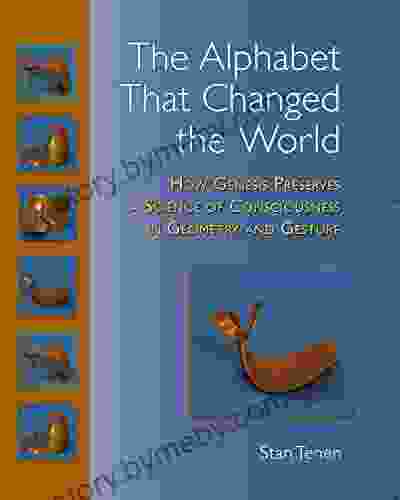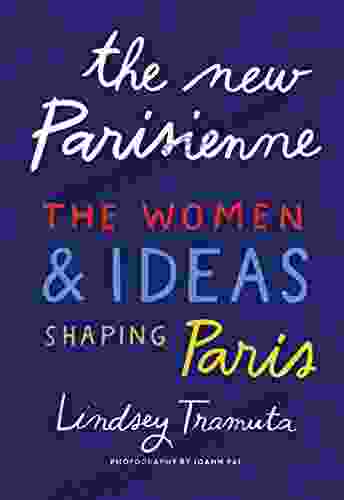The Alphabet That Changed the World: Unlocking the Secrets of Written Communication

4.6 out of 5
| Language | : | English |
| File size | : | 34070 KB |
| Text-to-Speech | : | Enabled |
| Screen Reader | : | Supported |
| Enhanced typesetting | : | Enabled |
| Print length | : | 549 pages |
The Dawn of Written Language
In the enigmatic realm of human history, there lies a transformative invention that has shaped the very fabric of our existence: the alphabet.
Before the advent of writing, our ancestors relied on oral traditions to pass down knowledge and tell their stories. But with the birth of written language, human consciousness took a quantum leap. The ability to record and transmit ideas across time and distance ushered in an era of unprecedented progress.
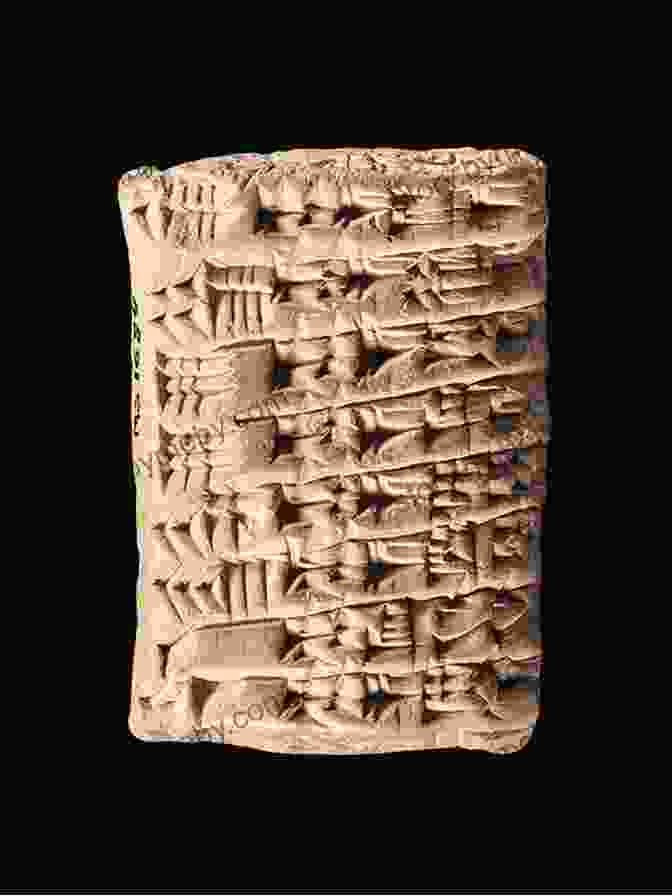
The earliest known form of writing emerged in the ancient city of Uruk in Mesopotamia around 3200 BCE. Known as cuneiform, this complex system of wedge-shaped marks was inscribed on clay tablets using a stylus. Cuneiform served as the written language of several civilizations, including the Babylonians, Sumerians, and Assyrians, and played a crucial role in the development of early mathematics, astronomy, and literature.
Hieroglyphics and the Enigmatic Egyptians
In the fertile lands of ancient Egypt, another remarkable writing system flourished: hieroglyphics. Unlike cuneiform, which consisted of abstract marks, hieroglyphics were a combination of logographic (representing whole words) and alphabetic characters. This intricate pictorial script adorned the walls of majestic temples, pyramids, and tombs, recounting the stories of pharaohs, gods, and the daily lives of the ancient Egyptians.
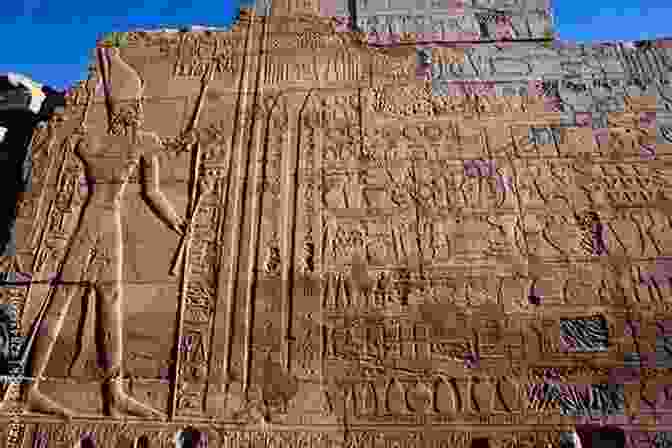
Hieroglyphics served as a powerful tool for communication, administration, and religious expression. However, their complexity limited widespread literacy to a privileged few scribes and scholars. Despite this, the legacy of hieroglyphics remains an enduring testament to the ingenuity and artistic prowess of ancient Egypt.
The Birth of the Phoenician Alphabet
Around 1000 BCE, a transformative breakthrough occurred in the land of Canaan, along the shores of the Mediterranean Sea. The Phoenicians, a seafaring and trading people, developed an alphabet that would forever alter the course of human communication.
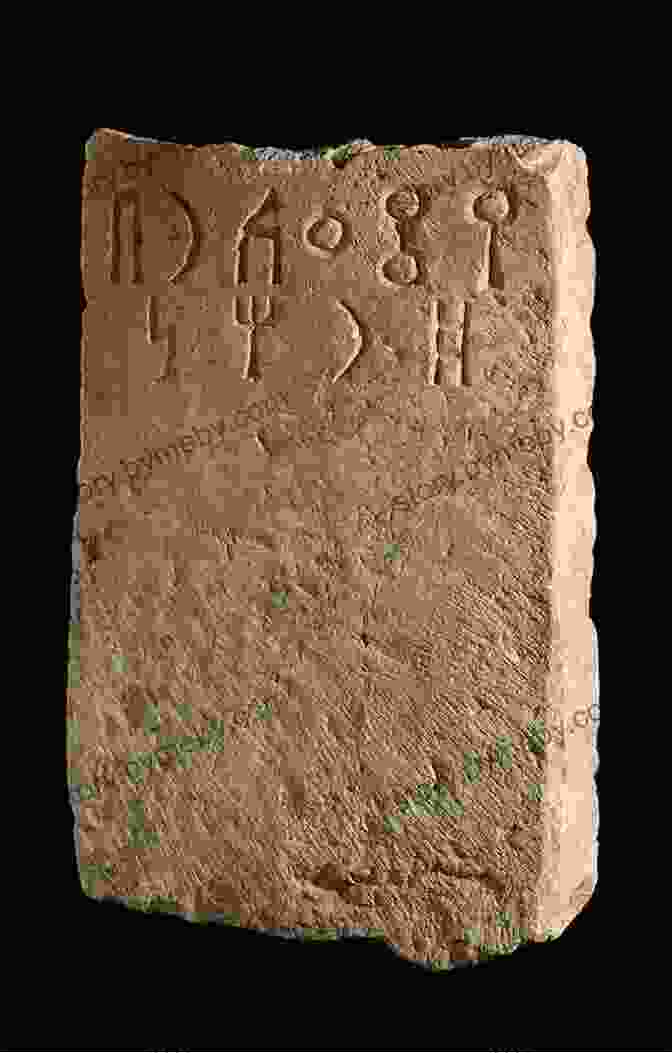
Unlike previous writing systems, the Phoenician alphabet consisted solely of alphabetic characters, each representing a specific sound. This simplified system allowed for the creation of written words that could be easily combined to express complex ideas. The Phoenician alphabet became the foundation for most modern alphabets used today.
The Greek Legacy and the Roman Alphabet
The Phoenician alphabet spread westward to the shores of ancient Greece, where it underwent further refinement and expansion. The Greeks added vowels to the alphabet, making it more versatile and easier to use. The Greek alphabet became the basis for numerous alphabets used across Europe and beyond, including the Cyrillic alphabet used in Russian and other Slavic languages.
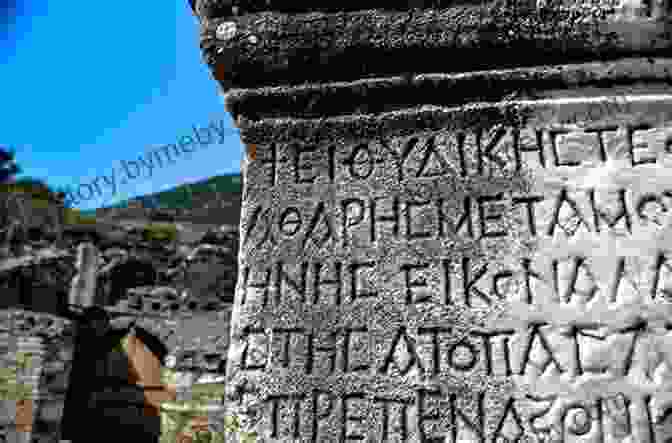
The Roman Empire, which arose in the Italian Peninsula, adopted the Greek alphabet and modified it to create the Latin alphabet. The Latin alphabet became the foundation for the alphabets used in most Western European languages, including English, French, Spanish, and Portuguese.
The Spread of the Written Word
As civilizations flourished and expanded, the alphabet spread to different corners of the globe. Traders, missionaries, and scholars carried the written word from one region to another, enabling the exchange of ideas, knowledge, and culture.
In the East, the Chinese developed a unique system of writing based on characters that represented entire words or syllables. The Chinese writing system has evolved over centuries and is still used in China, Japan, and Korea.
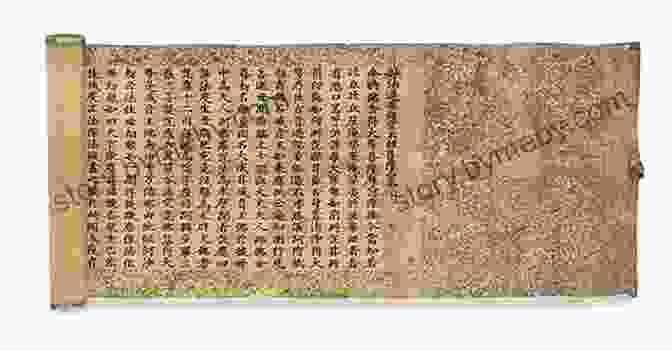
The arrival of the alphabet in the Americas played a transformative role in the development of indigenous cultures. The indigenous peoples of Mesoamerica, such as the Mayans and Aztecs, developed their own writing systems, which incorporated elements of both alphabetic and logographic characters.
The Alphabet's Profound Impact
The alphabet has had an immeasurable impact on human civilization, enabling us to:
- Record and transmit knowledge across time and space
- Establish laws, systems of government, and social structures
- Create works of literature, art, and music
- Advance scientific and technological progress
- Preserve cultural heritage and connect people from different backgrounds
The alphabet is more than just a collection of symbols; it is a powerful tool that has empowered humanity to achieve extraordinary heights. From the humble beginnings of cuneiform to the widespread use of modern alphabets, the written word has played a pivotal role in shaping our history.

In the pages of "The Alphabet That Changed the World," you will embark on an extraordinary journey through the captivating history of the alphabet, uncovering its hidden stories and profound impact on human civilization. This comprehensive and engaging book is a must-read for anyone fascinated by the origins of written communication and its enduring legacy.
4.6 out of 5
| Language | : | English |
| File size | : | 34070 KB |
| Text-to-Speech | : | Enabled |
| Screen Reader | : | Supported |
| Enhanced typesetting | : | Enabled |
| Print length | : | 549 pages |
Do you want to contribute by writing guest posts on this blog?
Please contact us and send us a resume of previous articles that you have written.
 Book
Book Novel
Novel Page
Page Chapter
Chapter Text
Text Story
Story Genre
Genre Reader
Reader Library
Library Paperback
Paperback E-book
E-book Magazine
Magazine Newspaper
Newspaper Paragraph
Paragraph Sentence
Sentence Bookmark
Bookmark Shelf
Shelf Glossary
Glossary Bibliography
Bibliography Foreword
Foreword Preface
Preface Synopsis
Synopsis Annotation
Annotation Footnote
Footnote Manuscript
Manuscript Scroll
Scroll Codex
Codex Tome
Tome Bestseller
Bestseller Classics
Classics Library card
Library card Narrative
Narrative Biography
Biography Autobiography
Autobiography Memoir
Memoir Reference
Reference Encyclopedia
Encyclopedia Kristal Norton
Kristal Norton Laurence Barton
Laurence Barton Stian Christophersen
Stian Christophersen Stacie Krajchir
Stacie Krajchir Laura Berg
Laura Berg Richard Moore
Richard Moore Laurie Varga
Laurie Varga Linda Urban
Linda Urban Russell Clark
Russell Clark Laura James
Laura James Lei Wang
Lei Wang Stephen Taylor
Stephen Taylor Linda Vater
Linda Vater Lou Paget
Lou Paget Lene Fogelberg
Lene Fogelberg Linda Lael Miller
Linda Lael Miller Lee G Bolman
Lee G Bolman Steven A Fino
Steven A Fino Laurie Kennedy Malone
Laurie Kennedy Malone Wolfgang Ziegler
Wolfgang Ziegler
Light bulbAdvertise smarter! Our strategic ad space ensures maximum exposure. Reserve your spot today!

 Eugene PowellIndulge in Guilt-Free Sweetness: Low Sugar and No Sugar Pies, Cakes, Muffins,...
Eugene PowellIndulge in Guilt-Free Sweetness: Low Sugar and No Sugar Pies, Cakes, Muffins,... Henry GreenFollow ·6.6k
Henry GreenFollow ·6.6k Gabriel HayesFollow ·5.9k
Gabriel HayesFollow ·5.9k Hugo CoxFollow ·9.3k
Hugo CoxFollow ·9.3k Adam HayesFollow ·5.7k
Adam HayesFollow ·5.7k Davion PowellFollow ·16.8k
Davion PowellFollow ·16.8k Lucas ReedFollow ·7k
Lucas ReedFollow ·7k Jorge AmadoFollow ·13.4k
Jorge AmadoFollow ·13.4k Edison MitchellFollow ·14.5k
Edison MitchellFollow ·14.5k

 Forrest Reed
Forrest ReedHockey Grit, Grind, Mind: The Ultimate Guide to Mental...
Hockey is a tough...

 Juan Rulfo
Juan RulfoUnlock Your Inner Artist: Embark on a Sketching Journey...
Embrace the Beauty of Nature Through Quick...

 Nathaniel Hawthorne
Nathaniel HawthorneSo You Think You're a Philadelphia Phillies Fan?
The Philadelphia Phillies are one of the most...
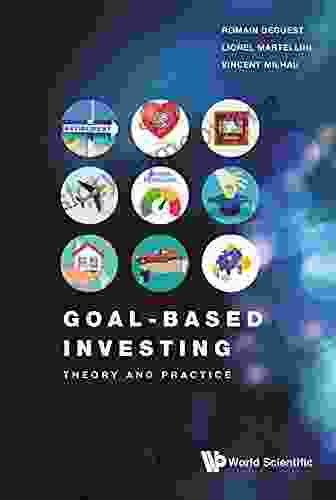
 Jeff Foster
Jeff FosterGoal-Based Investing: A Comprehensive Guide to Achieving...
Investing is not...

 Aleksandr Pushkin
Aleksandr PushkinGNOMEDOM: The Future Unfolds (Gnomedom Tales 1)
Escape into the enchanting world of Gnomedom...

 Branden Simmons
Branden SimmonsInternal Factors And Training Concepts For All Internal...
Internal arts, such as Tai...
4.6 out of 5
| Language | : | English |
| File size | : | 34070 KB |
| Text-to-Speech | : | Enabled |
| Screen Reader | : | Supported |
| Enhanced typesetting | : | Enabled |
| Print length | : | 549 pages |


